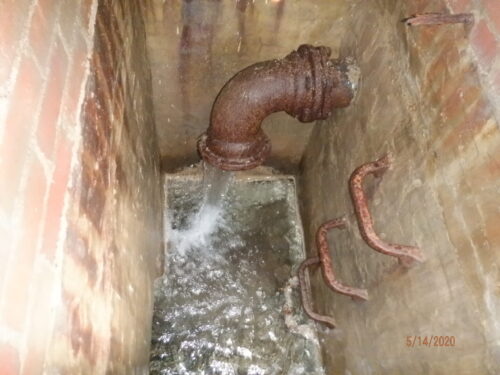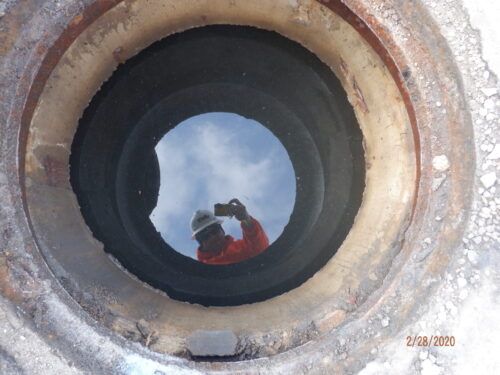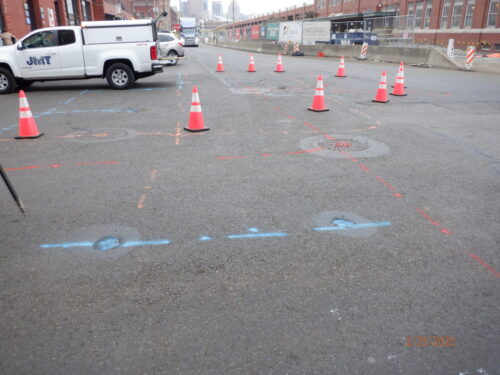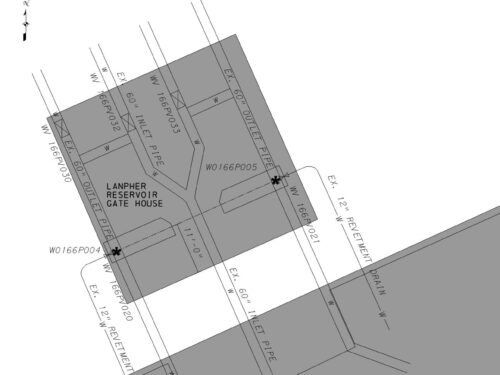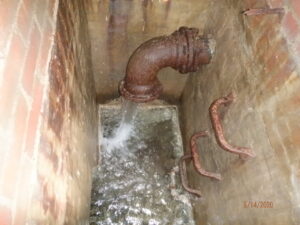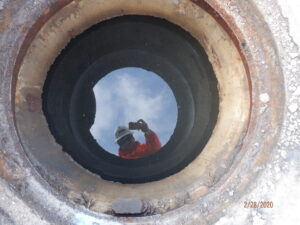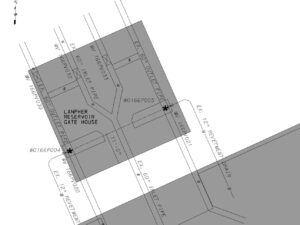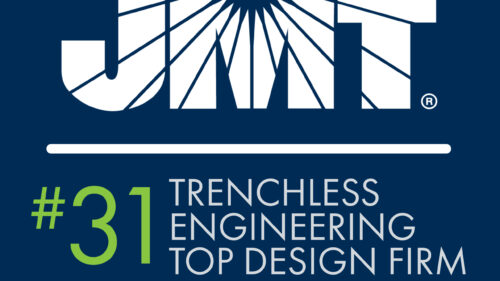Washout Manhole Disconnection Evaluation
Washout Manhole Disconnection Evaluation
The Pittsburgh Water and Sewer Authority (PWSA) initiated an infrastructure improvement plan focused on renewing infrastructure and improving safety and reliability of the water system. PWSA retained JMT for a washout manhole disconnection evaluation, a project aimed at locating and evaluating potential cross-contamination sites across the City of Pittsburgh to meet a critical Consent Order requirement mandated by the Pennsylvania Department of Environmental Protection (PADEP).
A washout is a feature on a water distribution or transmission main that allows the line to be emptied for cleaning, flushing, or repairs. Washouts have several types of connection points, such as to a combined sewer manhole, sewer or stormwater pipeline, inlet, surface discharge, a valve/blowoff, or a hydrant. The washouts that are directly or indirectly connected to the sewer were of key interest for evaluation by the project team.
JMT developed a multistep program for the evaluation of 420 potential washout connection sites. The first step involved detailed historical record research to understand where washouts existed, when they were installed, and how they were connected to the system. Once the record data were collected, JMT placed PA-One Calls and deployed utility crews to each site to perform physical surveys of existing utilities, surface features, and infrastructure conditions. Surveys included utility designation, test holes, valve and manhole inspections, CCTV inspection of sewers, and GPS survey of feature locations and invert elevations.
JMT developed 420 MicroStation sketches from survey data, and each site was evaluated on metrics for criticality and prioritization to disconnect. Final data was imported into a geodatabase schema for PWSA’s asset management. JMT implemented the triple-bottom-line approach to the washout disconnection project to consider all social, economic, and environmental concerns that would impact evaluation results for each washout site. The main concern of the project for both JMT and PWSA was to ensure safe and reliable drinking water was available for all 300,000 customers in the service area. JMT informed PWSA daily on potential threats to water quality so that PWSA operations staff could remediate concerns and implement repairs to the system.
Through this thorough evaluation, JMT determined that 140 washouts did not exist, 119 did not have cross-connections, and 161 were cross-connections of the combined sewer system. The project team completed all surveys and evaluations ahead of schedule, within the allotted budget, and met all PWSA and PADEP consent order deadline requirements.
